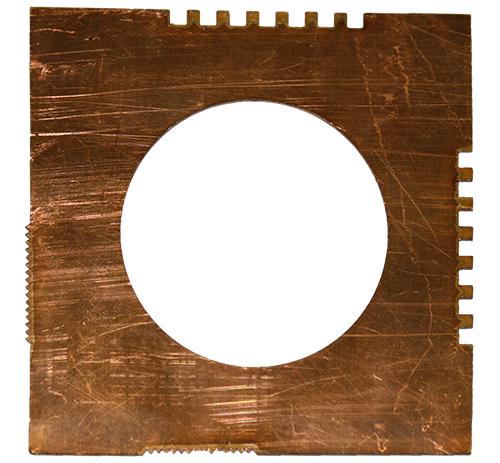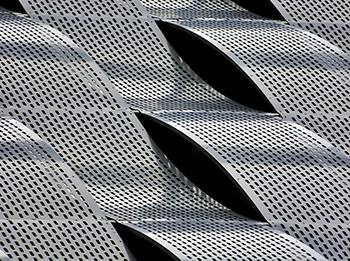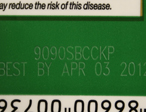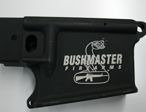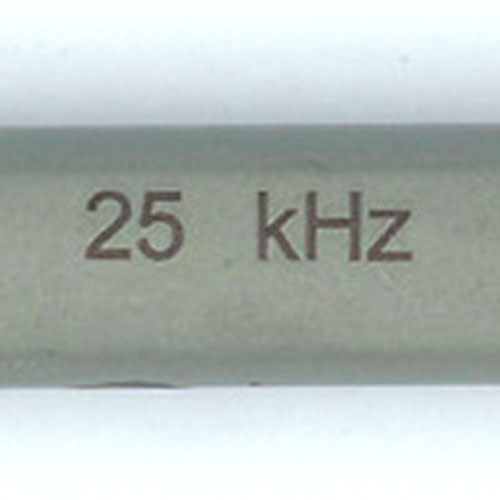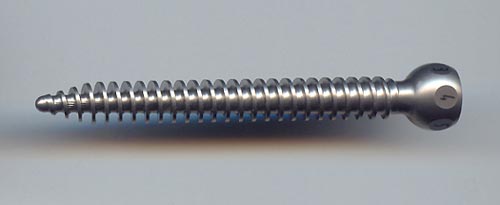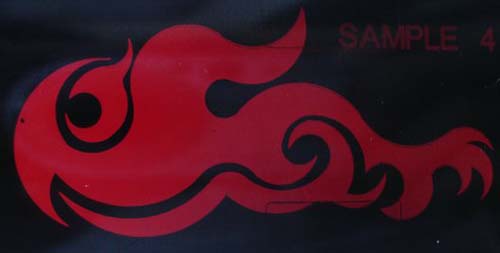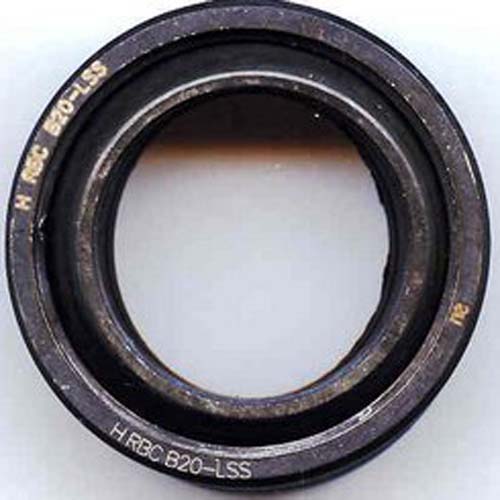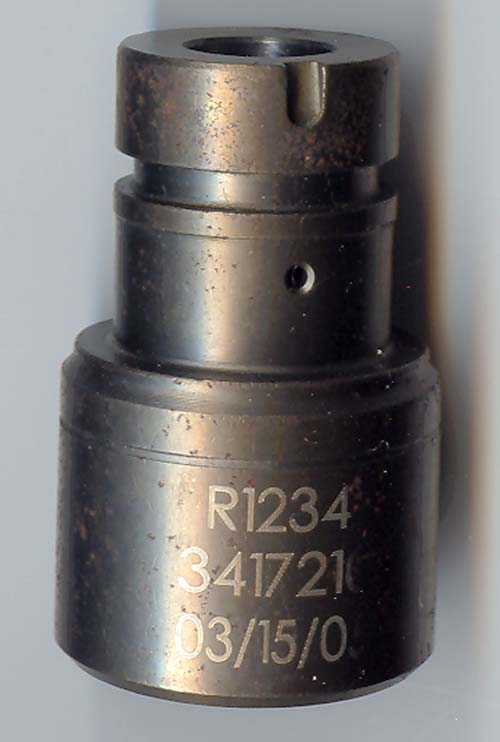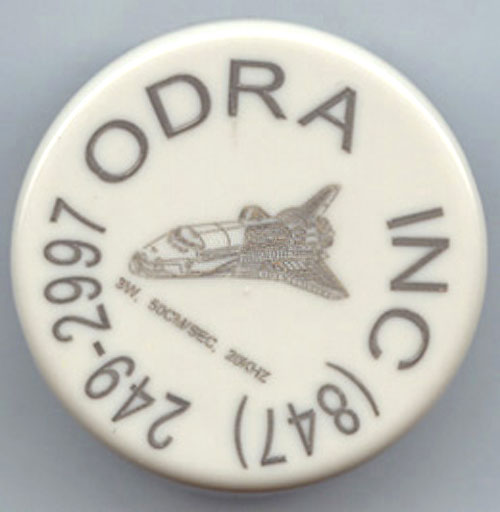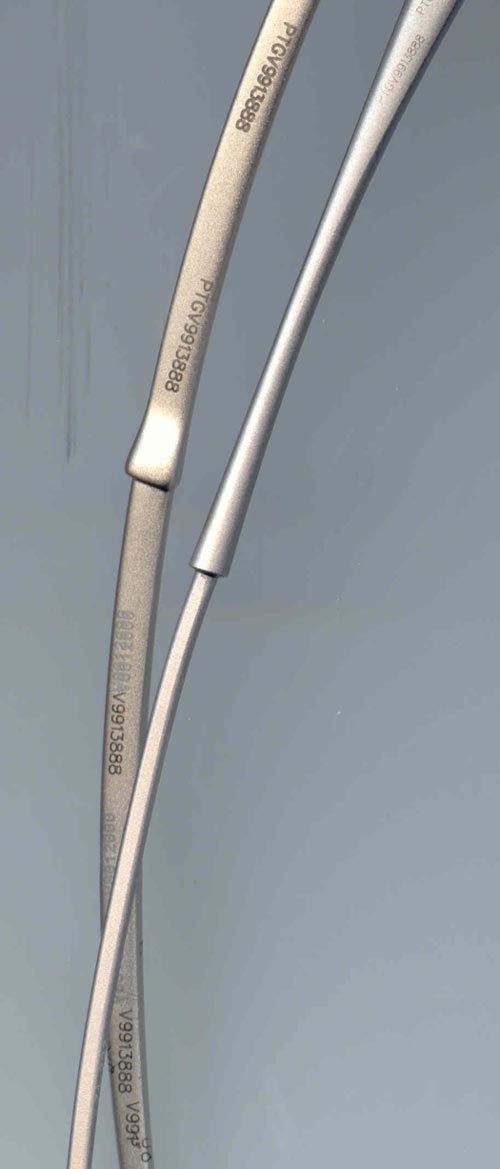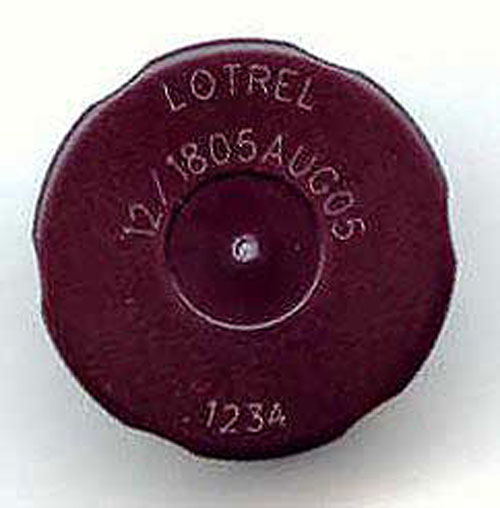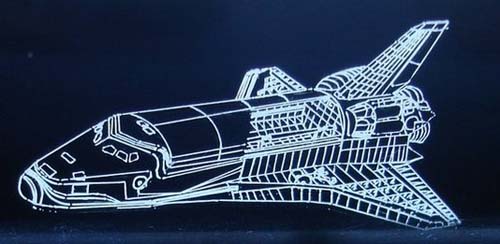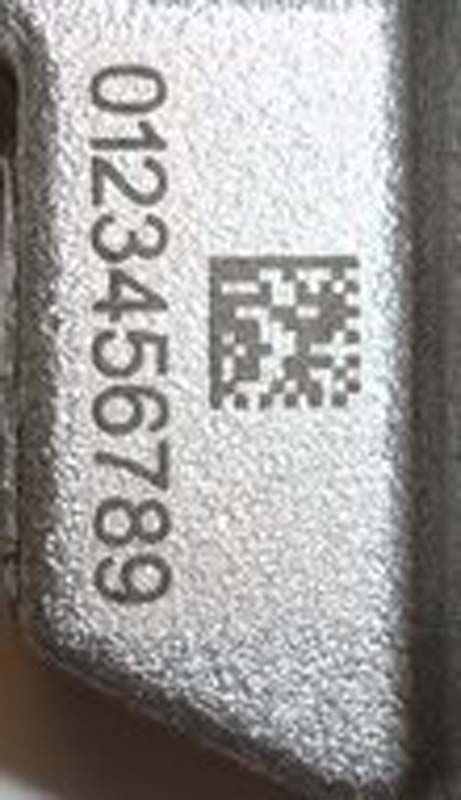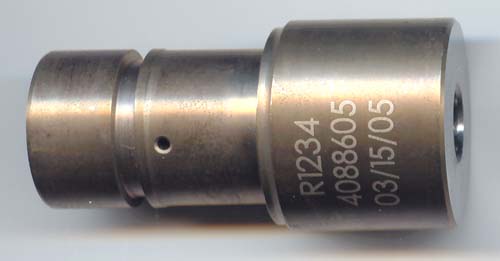Laser Cutting Copper
Challenges in Laser Cutting CopperCopper is a highly reflective element. This made the cutting process difficult with conventional CO2 lasers because the laser beam reflects off the surface before the copper can absorb its energy. For this reason, manufacturers and fabricators chose alternative methods like water jets and stamping copper. However, innovations in fiber laser technology have made fiber laser machines ideal for this application. With a shorter wavelength, tighter focus, and greater power density, fiber lasers have become the best solution for cutting highly reflective materials like copper and brass. Laser Cutting Copper Samples Recommended Laser Cutting Systems About Laser Photonics Corporation Laser Photonics Corporation, based in Orlando, Florida, is the leading industrial company in high-tech laser systems for laser cleaning, laser marking, laser cutting, laser engraving, 3D printing, and other materials processing applications. Our systems are currently and historically, used by manufacturers in the aerospace, automotive, defense, energy, industrial, maritime, and medical industries around the world. The Laser Photonics brand is associated with a number of worldwide licenses and patents for innovative and unique laser products and technologies. Laser Photonics has, for over three decades, been the workhorse of industry-standard laser subtractive manufacturing. Laser Photonics systems have been implemented into the production and maintenance regimens of world-renowned organizations such as Sony, NIKE, 3M, Delphi, NNSY-Norfolk Naval Shipyard, NASA, Cannon Air Force Base, Eaton Aerospace, Blue Origin, GE, Caterpillar, Harley-Davidson, PPG, Eli Lilly, Smith & Nephew, Millipore, DuPont, Bosch, Gables Engineering, Champion Aerospace, Smith Aerospace, Metaldyne, and Heraeus. Need A Laser? Let Us Help First Name (required) Last Name (required) Email Company Phone Number Δ
Laser Cutting Stainless Steel
Stainless steel is fabricated across almost every industry. Conventional methods include CO2 laser cutting, plasma, water jet, sheering, punching and stamping. Cutting with a Fiber laser can eliminate almost every other method. With the speed of linear motors and the power of a Fiber laser cutting up to 1”, almost every method of fabricating stainless steel becomes obsolete. Although other lasers can cut thick stainless steel, Fiber technology is extremely efficient, reliable and relatively zero maintenance. This positions Fiber laser cutting as the preferred method over conventional technologies. Click on images below to enlarge About Laser Photonics Corporation Laser Photonics Corporation, based in Orlando, Florida, is the leading industrial company in high-tech laser systems for laser cleaning, laser marking, laser cutting, laser engraving, 3D printing, and other materials processing applications. Our systems are currently and historically, used by manufacturers in the aerospace, automotive, defense, energy, industrial, maritime, and medical industries around the world. The Laser Photonics brand is associated with a number of worldwide licenses and patents for innovative and unique laser products and technologies. Laser Photonics has, for over three decades, been the workhorse of industry-standard laser subtractive manufacturing. Laser Photonics systems have been implemented into the production and maintenance regimens of world-renowned organizations such as Sony, NIKE, 3M, Delphi, NNSY-Norfolk Naval Shipyard, NASA, Cannon Air Force Base, Eaton Aerospace, Blue Origin, GE, Caterpillar, Harley-Davidson, PPG, Eli Lilly, Smith & Nephew, Millipore, DuPont, Bosch, Gables Engineering, Champion Aerospace, Smith Aerospace, Metaldyne, and Heraeus. Need A Laser? Let Us Help First Name (required) Last Name (required) Email Company Phone Number Δ
Laser Cutting Aluminum
Aluminum is widely used in metal fabrication but not exclusively cut by lasers. Aluminum is extremely reflective to conventional CO2 laser technology. Fiber lasers are the answer. Fiber lasers have a shorter wavelength and greater power density. This enables fiber lasers to cut up to 1” aluminum and penetrate a market in which plasma and water jet ruled. Click on the image to enlarge Recommended units: FLC >2kW
Fiber Laser Etching
This process is commonly used to create permanent part marking. Etching is typically a very shallow surface removal to create contrast. Applications range from etching electronics, tools and automotive components. Click on image to enlarge
Laser Processing & the Packaging Industry
Laser processing has only recently started to take hold of the packaging industry. Newer laser technology has finally met the high throughputs that older technology, like ink jet and stamping, had set the standards within automated lines. Laser processing is ideal for the high speeds and repeatability that the packaging industry requires. Laser Photonics systems can be seen in bottle marking lines, boxes, label making, and other consumable packaging products.
Laser Processing in the Firearm Industry
ATF regulations have led the firearms industry to seek laser solutions. With high peak power systems now available, firearm manufactures are able to meet ATF standards while manufacturing 24/7 with zero down time for maintenance or retooling. Laser Photonics’ Canyon Deep Engraving system was specifically designed to meet the performance demands of the leaders in the firearms industry.
105
Sample ceramic marking application. The sample marked extremely well with the 20-watt Fiber Laser Marking System.
122
This bone screw sample was marked with a 10-watt q-switched ytterbium fiber laser and a 160 mm focal length lens. The 160mm focal length lens has a working distance of 176mm from lens to part. The part was surface marked to create contrast on the sample. This titanium piece was marked with a cycle time of 9.36 seconds. This sample had a cycle time of 0.53 seconds per mark with a total of 6 marks on the sample.
139
Laser marking was done with three different parts which were all marked with the 20-watt q-switched ytterbium fiber laser. The parameters used varied slightly from part to part. The parts were marked with a bold Arial font, with the exception of the markings on the smallest screw head. The parts were marked with a very light etch to produce the best contrast. The small 0.370” diameter screw head had a cycle time of 0.497 seconds. The larger 0.78” diameter screw head had a cycle time of 1.89 seconds and the black-coated 0.960 diameter washer had a cycle time of 2.53 seconds.
155
The samples were marked with a 20 watt q-switched ytterbium fiber laser with 160 mm focal length lens. The paint film was ablated using 18 watts of power, frequency of 30 kHz. Due to the fact that the tallest marking would be in the 3 to 4 inch range, the 160-mm focal length lens with 4.3” x 4.3” marking field was used in the application. The longer focal length lens was recommended to be used for marking larger area. The paint film on the largest trunk finisher looked thicker than that on other parts so that more passes of lasing were applied.
189
The parts were marked with a 10-watt q-switched ytterbium fiber laser marking system with a 160 mm focal length lens. The parts were surface etched, to create a contrasting mark. The sample parts with the serial number 3417210 resulted in a cycle time of 1.74 seconds. The parts were marked at 25 inches per second using approximately 8 watts of power with a frequency of 25 kHz.
107
The parts were laser marked using a 20-watt q-switched ytterbium fiber laser with a 160mm focal length lens. The parts were surface marked to create brightly contrasting marks. The parts were marked using various parameters, resulting in various cycle times, gradients, and mark quality on the sample.
140
This ceramic medical part was laser marked using a 20 Watt Fiber Laser Marking System.
156
The plastic door handlers and trunk finishers were marked with a 20-watt q-switched ytterbium fiber laser with a 160 mm focal length lens. The paint film was ablated using 18 watts of power, a frequency of 30 kHz. The paint film on the largest trunk finisher looked thicker than that on other parts so that more passes of lasing were applied.
190
The parts were marked with a 10-watt q-switched ytterbium fiber laser marking system and a 160 mm focal length lens. The parts were surface etched, to create a contrasting mark. The parts were marked with two different serial numbers, each with its own cycle time. The samples with the serial number 4088605 resulted in a cycle time of 1.82 seconds. The parts were marked at 25 inches per second using approximately 8 watts of power with a frequency of 25 kHz.

